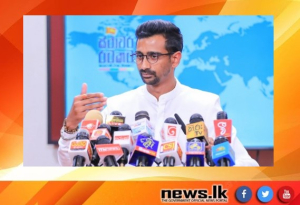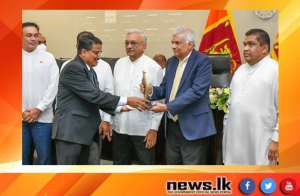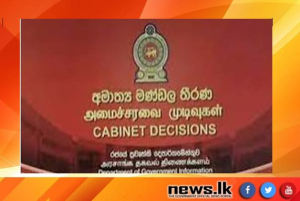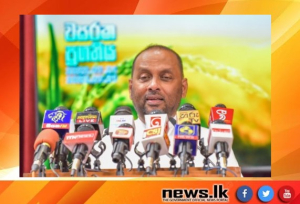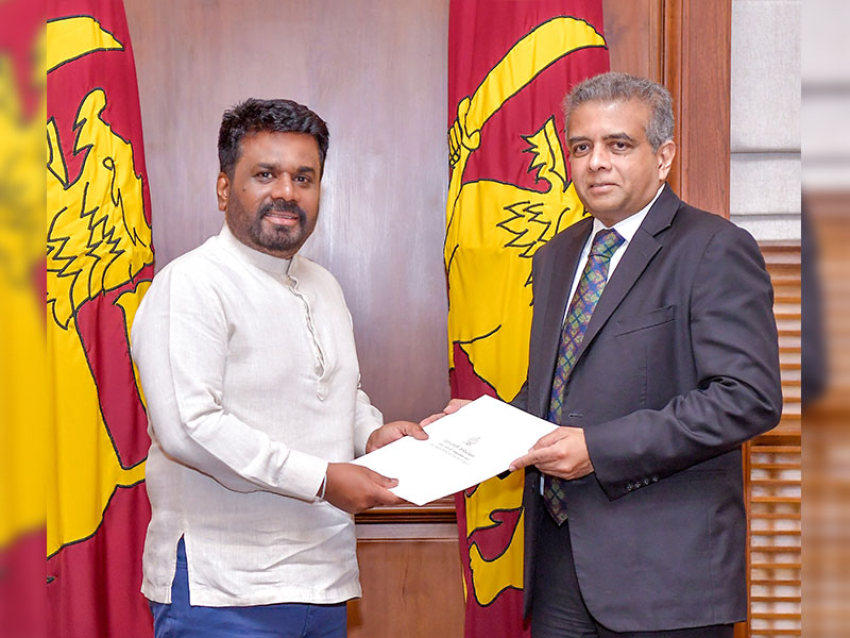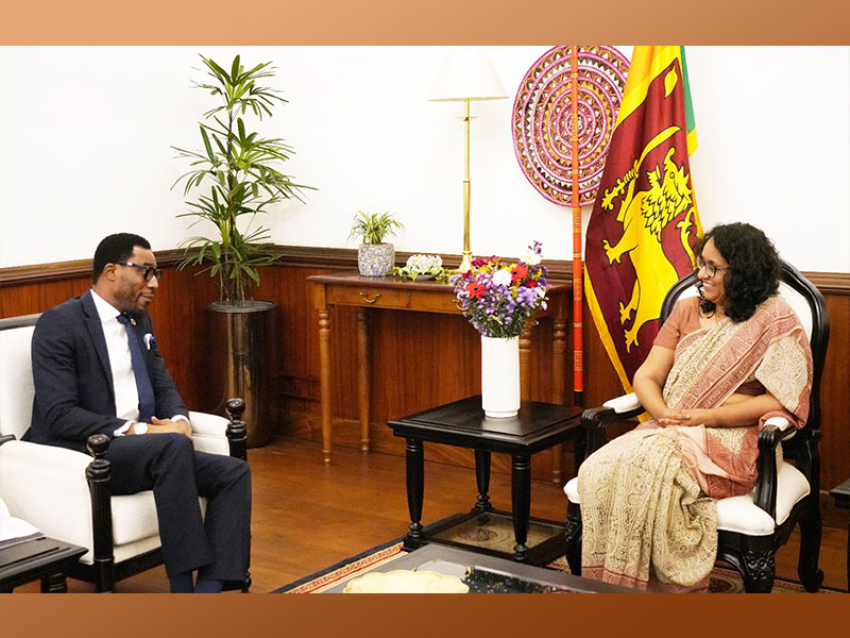Prabhath
The water tariff increase was a necessary step taken to address the critical challenges faced by the NWSDB and ensure clean drinking water to all Sri Lankans-
Minister of Water Supply and Estate Infrastructure Development Jeevan Thondaman
• Parliament's Role in Creating Financial Discipline Recognized by President
• President Presents Gold and Silver Awards to 65 High-Performing Government Institutions
Cabinet Decisions 17.07.2023
July 18, 2023Decisions taken by the Cabinet of Ministers on 17.07.2023
512, 000 hectares of paddy fields cultivated in the Yala season due to the government's new fertilizer policy
July 18, 2023• Hi-tech model plantations all over Sri Lanka
• Maize harvest of 60 MT by the end of 2026
• Paddy harvest to double in next six seasons


